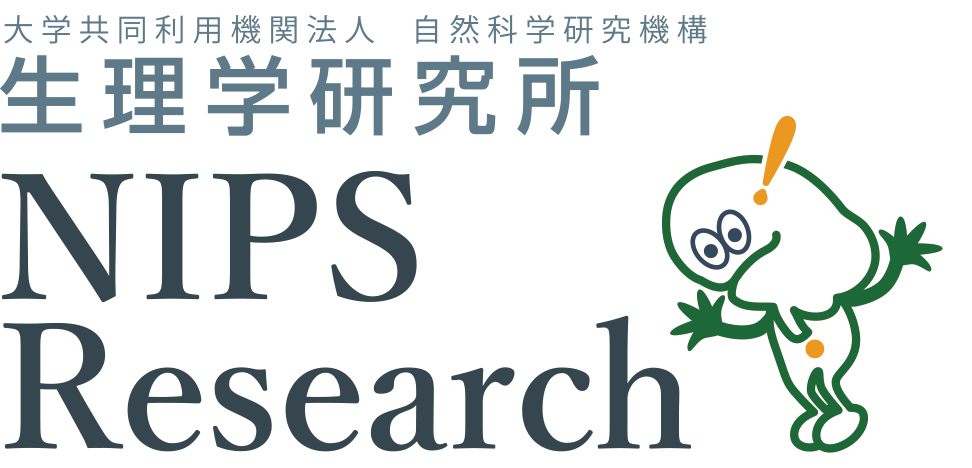First preparation of multilayer nanocomposite hydrogel particles and their direct observation by cryo-electron tomography
Hydrogel particles are particles that are soluble in water and have a diameter of a few microns (1/1000 mm) or less. In recent years, due to the development of nanotechnology, artificial hydrogel particles with various functions have been developed, and they are expected to be applied as protective capsules for detergents, enzymes and drugs, and as materials for making artificial tissues. However, the actual manufacture of hydrogel particles to achieve the expected design requires a lot of trial and error. In addition, there was no effective way to confirm the hydrated structure in aqueous solution. In this study, a collaborative research team led by associate professor Daisuke Suzuki of Shinshu University succeeded in producing "multilayered nanocomposite hydrogel particles" in which polystyrene particles were hierarchically incorporated into hydrogel particles for the first time in the world. Furthermore, it was directly confirmed that the gel fine particles had a multi-layered structure in the aqueous solution by using cryo-electron tomography (cryo-ET) at NIPS.
For producing the multi-layered hydrogel particles, we have adopted a seeded emulsion polymerization which allows hydrophobic polystyrene nanoparticles can be incorporated into the water-swollen hydrogel particles. Furthermore, the distribution of charge groups within the microgel was arranged in multiple layers, with the negatively charged shell only on the outside. As a result, multi-layered nanocomposite hydrogel particles such as three layers of microgels containing polystyrene in the center and outermost layers could be produced (Fig. 1). With cryo-ET, not only the exact distance between each layer but also the distance between the polystyrene particles lined up in the outermost layer could be directly measured.
In this study, we were able to establish a method for the preparation and evaluation of hydrated hydrogel particles with a complex structure. This result made it possible to develop hydrogel particles with more complex functions in the future, and showed the possibility of further refinement of the structure. Multilayered hydrogel particles can incorporate multiple substances into hydrogel particles and act independently, which is expected to further expand the application range of hydrogel particles. In the future, this method would be applied to develop hydrogel particles with higher functionality.

Figure 1 Multilayered nanocomposite hydrogel particles. Cryo-ET image (upper right).
Collaborative Researcher
Takumi Watanabe, Daisuke Suzuki (Shinshu Univ.)
Chihong Song, Kazuyoshi Murata (NIPS)
Funding
KAKENHI (JSPS), Advanced Bioimaging Support Platform (ABiS)
Release Source
Title: Hydrophobic Monomers Recognize Microenvironments in Hydrogel
Microspheres during Free-Radical-Seeded Emulsion Polymerization
Authors: Takumi Watanabe, Yuichiro Nishizawa, Haruka Minato, Chihong Song, Kazuyoshi Murata, and Daisuke Suzuki
Journal: Angewandte Chemie International Edition
Issue: 59, 1-6
Date: March 30, 2020
URL: https://onlinelibrary.wiley.com/doi/10.1002/anie.202003493
DOI: 10.1002/anie.202003493

